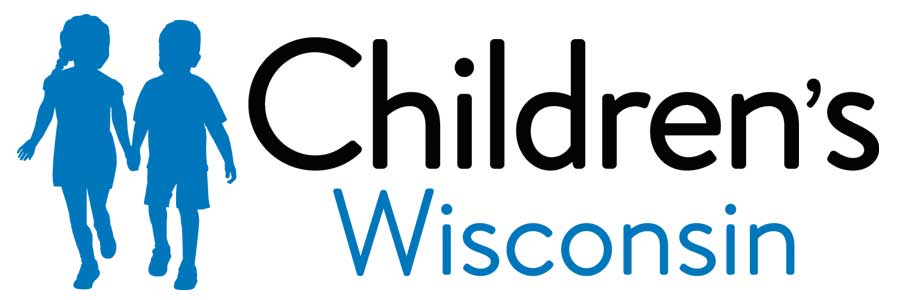Your baby at 3 months
Key points below
What should my baby be learning? By 6 months your baby should:
Gross Motor Skills: Big Body Movements
• While laying on tummy, reaches for toys and push up on forearms.
• Rolls from back to right and left side.
• Starts to sit up when hips and waist are supported.
• Starts to put out hands to protect self from a fall while in supported sitting.
• Brings hands to reach for knees and feet, brings feet to mouth, starts to take off socks while laying on back.
• Enjoys bouncing, swinging and other movements.
Language and Social Skills
• Responds to their name.
• Smiles at self in mirror.
• Stops crying when spoken to.
• Reacts when they are going to be fed.
• Cry at angry tone of voice.
• Laughs and babbles, makes different kinds of sounds.
• Begins to imitate movement and sound. Plays peak-a-boo.
• Follows fast-moving objects with their eyes.
• Is aware of and interested in new people and places.
How can I help my baby?
Gross Motor Skills
• Give baby lots of tummy time.
• Help baby to push up on arms to reach for toys while on tummy.
• Hold or put toys just out of reach while baby is on tummy. Have your baby reach for the toys.
• Sit on the floor. Hold your baby around the hips or waist. Put toys in front of your baby. Have baby reach and play with the toys.
• While holding baby, safely and securely tip your baby’s body in
different directions like forward, back, and sideways. Move your baby in different ways. Include bouncing,
swinging, wagon or stroller rides.
Language and Social Skills
• Play simple games, like “peek-a-boo” or “Itsy, bitsy spider.”
• Read and sing to your baby. Try to get your baby to make the sounds you make.
• Let your baby look in a mirror and smile at, talk to and touch the “baby in the mirror.”
• Talk to your baby and name what you are doing.
• Point out common objects and name them.
• Look at your baby’s face as you react to sounds your baby makes.
• Massage your baby with lotion.
Toys to have for your baby at 3 to 6 months
• Activity mat.
• Picture books with one photo on a page.
• Bowl or small bucket of blocks for filling and dumping.
• Large rattles that promote exploring with 2 hands.
• Toys and rattles that make noise and music. Offer musical toys with gentle sounds.
• Toys with different textures. Include soft, fuzzy, squishy, firm, and knobby toys.
• Infant safety mirror. Infant teethers
• Tennis ball size or larger balls.
